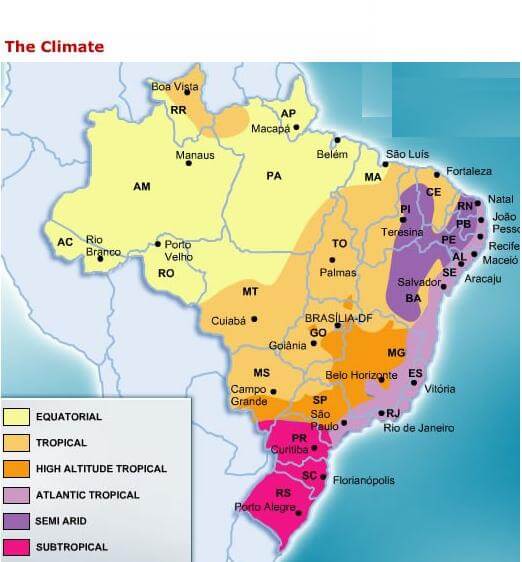

The endemic area for European TBEV subtype was first described in the Stockholm area 23 which later expanded to provinces in the south-west and the south of Sweden 13. In Sweden, since 2004, all human TBE cases are notifiable by law, which provides a reliable knowledge of TBE distribution. Consequently, TBEV has also been found at higher altitudes 14, 21 and in areas that were previously non-endemic 8, 22. persulcatus thus far has only been found around the northern parts of the Bothnian Bay bordering Finland 16, 20. ricinus is mostly found in the south-central parts of the country 12, 19, whereas I. persulcatus, previously limited to eastern Europe and northern Asia, has expanded westward to Finland and northern Sweden 16, 17, 18. ricinus has expanded its geographical range northwards and to higher altitudes 9, 11, 13, 14, 15, whereas I. The increase in TBE incidence is likely due to several factors such as changes in climate 8, 9 and changes in the availability of tick host species 10, 11, which all impact tick life cycle and thus tick distribution, abundance, and seasonality 11, 12. Incidence of TBE has been increasing globally during the last decades 2, 4 and since 2012, the European Centre for Disease Prevention and Control (ECDC) has included TBE in the list of notifiable diseases in the European Union 7. In Sweden, recommendations for vaccination vary between geographic areas and counties according to the epidemiological situation, following the recommendations from the Public Health Agency of Sweden 6 and the county medical officer for communicable diseases. As there is no specific antiviral treatment for TBE, active immunisation is the most effective protection against infection with TBEV 4. It has, however, been speculated that this difference in disease severity and case-fatality may at least partly be explained by other factors such as differences in clinical alert and reporting routines which varies between countries 2, 5. Morbidity and mortality differ between subtypes, with Far Eastern subtype causing more severe disease and a case-fatality of up to 20–40% 2, 3, compared to milder symptoms and case-fatalities of 6–8% for the Siberian subtype and 1–2% for the European subtype 3. The hard tick Ixodes persulcatus is the main vector of the Siberian and Far Eastern subtype, whereas the closely related Ixodes ricinus is the main vector for the European TBEV subtype 2.

TBEV is predominantly tick-borne but has been known to infect via intake of unpasteurised milk products from infected livestock 2, 3, 4. TBE is caused by TBE virus (TBEV) belonging to the genus flavivirus of the family Flaviviridae, and consists of three subtypes: European, Siberian, and Far Eastern TBEV 1, 2, 3. Tick-borne encephalitis (TBE) is a severe infection that, if symptomatic, can affect the central nervous system and result in lesions in the human brain and spinal cord 1. Results suggest that TBE in Örebro County is spatially clustered, however variables used in this study, i.e., climatic variables, forest cover, water, tick abundance, sheep as indicator species, alone do not explain this pattern. However, models had relatively low goodness of fit (R 2 < 0.27). Generalised linear models showed that the risk of acquiring TBE increased by 12.5% and 72.3% for every percent increase in relative humidity and proportion of wetland forest, respectively, whereas the risk decreased by 52.8% for every degree Celsius increase in annual temperature range. Spatial cluster analyses showed significant hotspots (higher number of cases than expected) in the southern and northern parts of Örebro County, whereas a cold spot (lower number of cases than expected) was found in the central part comprising Örebro municipality. We identified a substantial and continuing increase of TBE incidence in Örebro County during the study period.
#Climatic data for region x drivers
TBE human case data reported between 20 were aggregated into postal codes within Örebro County, south-central Sweden, along with tick abundance and environmental data to analyse spatial patterns and identify drivers of TBE. Incidence of tick-borne encephalitis (TBE) has increased during the last years in Scandinavia, but the underlying mechanism is not understood.


 0 kommentar(er)
0 kommentar(er)
